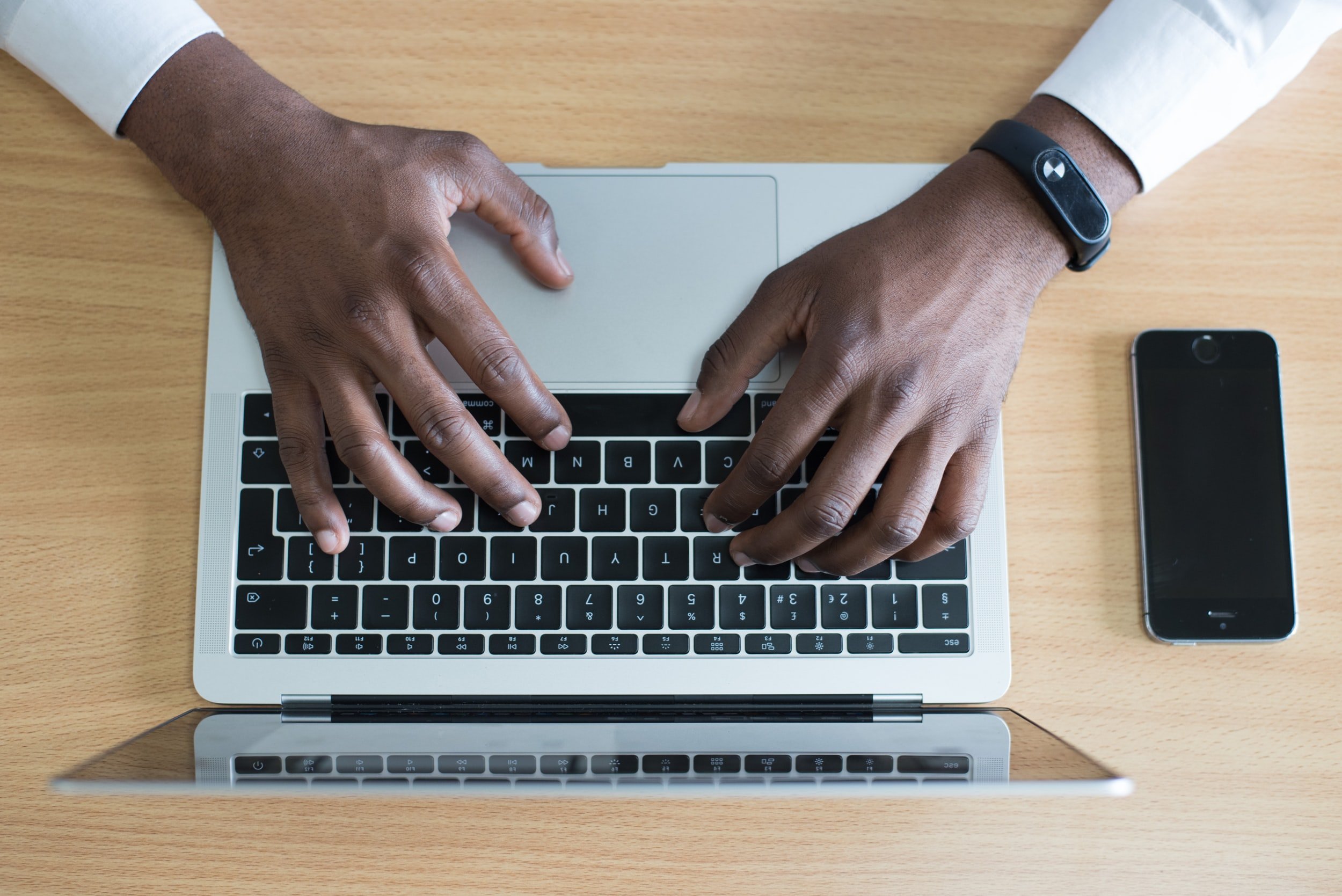How To Stay On Top of Your Inbox and Maximize Efficiency
JAMES WINKELS, CONSULTING ANALYST INTERN
At the onset of the COVID-19 pandemic, many businesses, regardless of their size, were forced to shift to remote operations. This had a particularly significant impact on growing, independently-owned businesses. With this transition, email became even more important than before: internal communications, customer relations, and supply chain monitoring became more reliant on messages sent from inbox to inbox.
The problem with this reliance on email is that it is often very inefficient. According to the McKinsey Global Institute, roughly 28 percent of the average workweek is spent managing email, and close to 20 percent is spent looking for internal information.
To address this pervasive issue, inbox organization strategies can be a powerful tool. Effectively organizing your inbox can improve communication efficiency, reduce stress, increase ease of information recall, and ensure email availability. In pursuit of this goal, our team at More Canvas investigated the inbox organization strategies below. While there is no one best strategy—that will depend on your own and your organization’s working style—one of these may be right for you.
THE FIVE-FOLDER SYSTEM
As its name implies, in this system, you organize your email into five different folders: inbox, today, this week, this month, and FYI.
Inbox: This is where emails go when they are first sent to you. In this system, emails should only stay here for as long as it takes you to put them into their appropriate folder.
Today: This folder should contain all of the emails that you need to respond to within the day.
This week: This folder is for all of the emails that require a response within the week.
This month: This folder is for all of your long-term communications that do not require a fast response.
FYI: This last folder is for all of the emails that you receive that are informational and do not elicit a response, but could be useful to you in the future.
This method requires you to monitor dates, since you do not want emails in the “this week” or “this month” folders to linger there for longer than a week or month, respectively. However, this method will help you to prioritize the most urgent tasks, ensuring you will quickly remove blockers for yourself and others.
THE EISENHOWER METHOD
This method was developed by Dwight D. Eisenhower when he was serving as a General during WWII. This method involves categorizing your tasks (in this case, emails that require a response) into one of four buckets: urgent and important, non-urgent and important, urgent and non-important, non-urgent and non-important.
Urgent and important: This folder is for the emails that require immediate attention—those that you should respond to within the day.
Non-urgent and important: This folder is where you should store the emails that you need to respond to, but not immediately—they often have a set deadline sometime in the future.
Urgent and non-important: This folder is for emails that should be attended to in the near-term, but are a lower priority than those in the first folder—they often involve tasks that should be delegated rather than performed yourself.
Non-urgent and non-important: This folder is for the emails that do not require any response, but might be helpful to keep around in case you need to recall any information from them.
Under this system, “urgent and important tasks” should be quickly processed. “Urgent and non-important tasks” can come next. As for the “non-urgent and important” category, you will have to closely monitor emails that have been there for a while to ensure that emails that were previously “non-urgent” do not become urgent as time passes. If they do become urgent, the emails can then be moved to the “urgent and important” category.
Regardless, this system allows you to categorize not only by urgency, but also by priority, ensuring you will work first on the most important tasks, even if others seem to demand your immediate attention.
THE SUBJECT CATEGORY METHOD
The final organization method involves organizing by category rather than by urgency or importance. As its name suggests, this method consists of organizing your emails by subject, such as by client or area of business operation. This method allows you to easily recall all previous emails pertaining to a client, client project, or internal team.
This method is the most flexible and can be easily combined with either of the aforementioned methods. For example, you can use the five-folder system under each client folder in your inbox.
CONCLUSION
One of the simplest ways to quickly increase the efficiency of communication for your independently owned business—both internal and external—is to organize your inbox. This can be done many different ways, but we at More Canvas recommend that you do so through utilizing the five-folder system, the Eisenhower method, the subject category method, or a combination of the above.
The team also recommends exploring your specific email platform features. Many email platforms offer systems to flag important emails, auto-filters to send conversations straight to your chosen folder, or integrations with other project management tools to further boost communication efficiency.
That being said, organizing your inbox can be a time-consuming process if you try to do it all at once. For this reason, we recommend sorting your emails into the categories that you find most effective as you receive them. This way, you will not have to take as much time at the beginning and end of your day to organize your whole inbox, but rather can simply go through your high priority categories to ensure that they are addressed.


